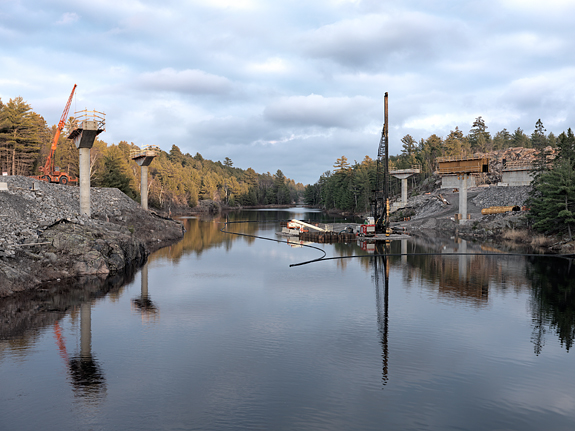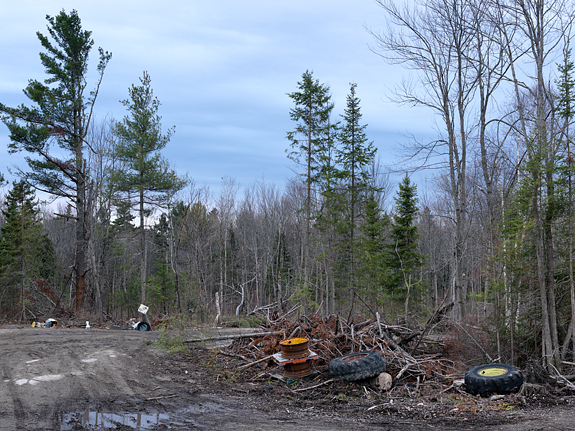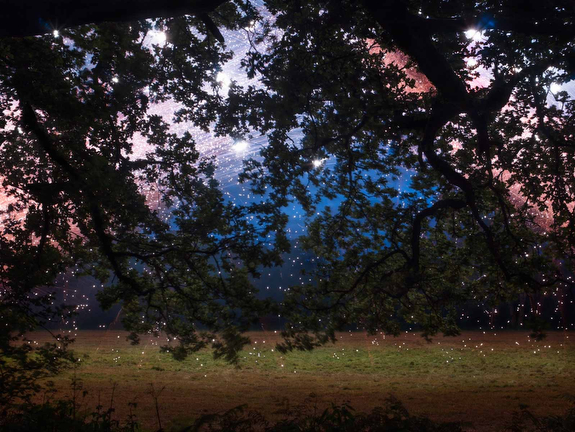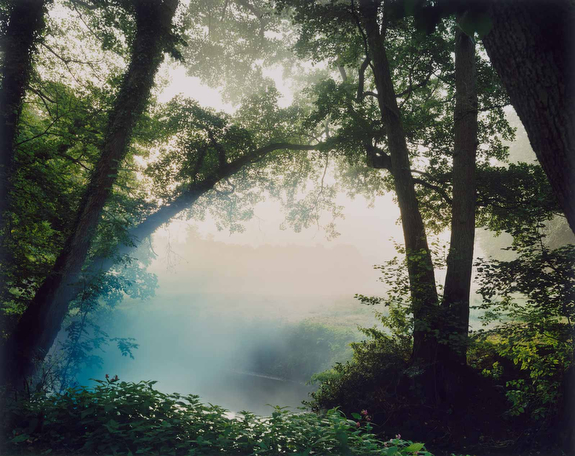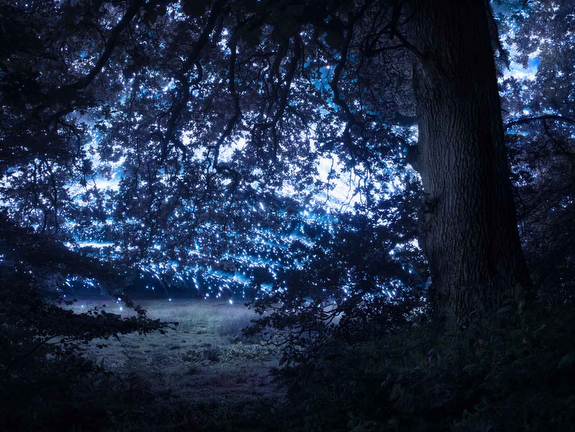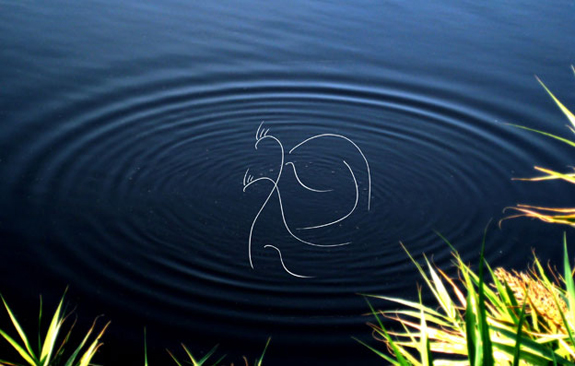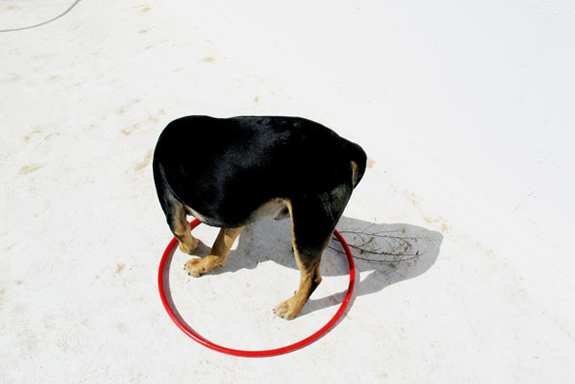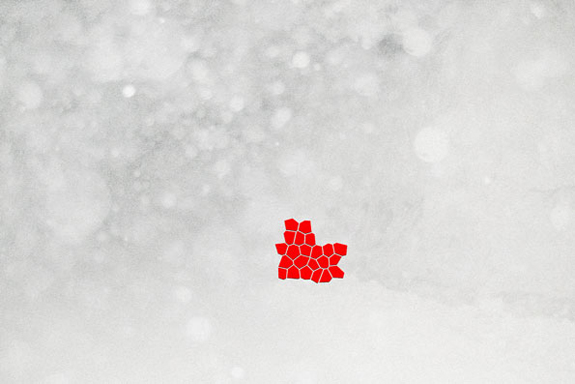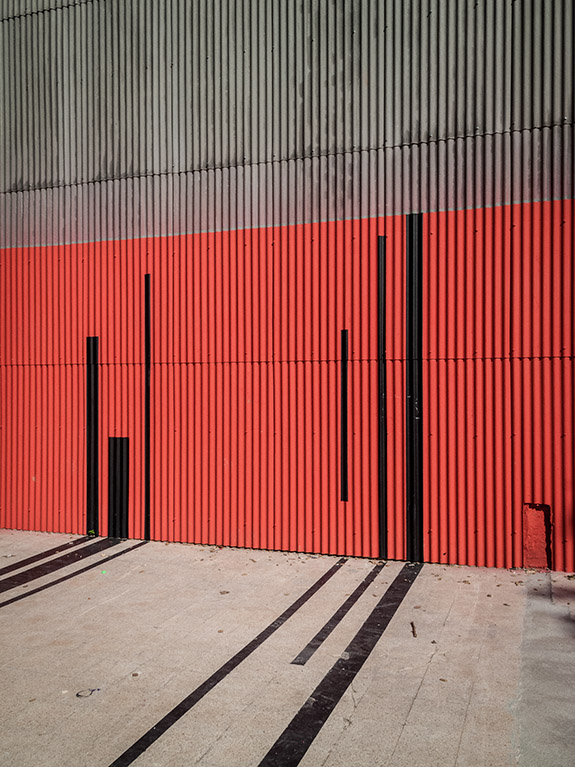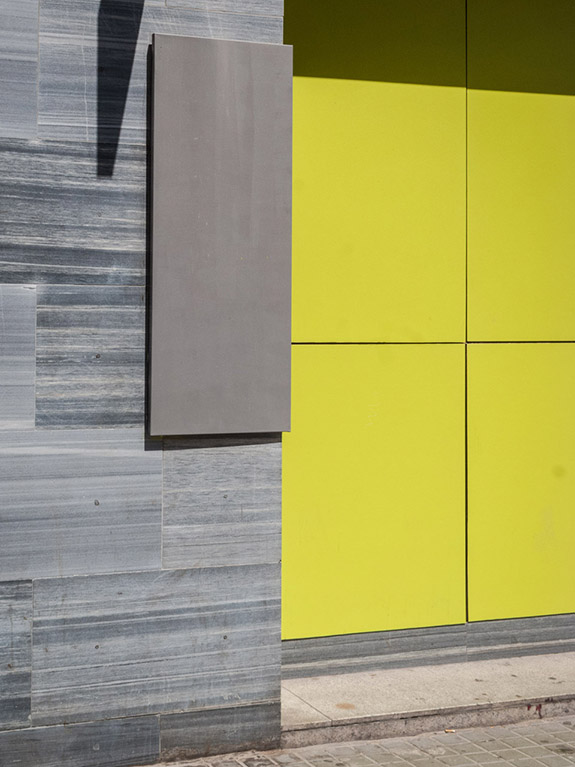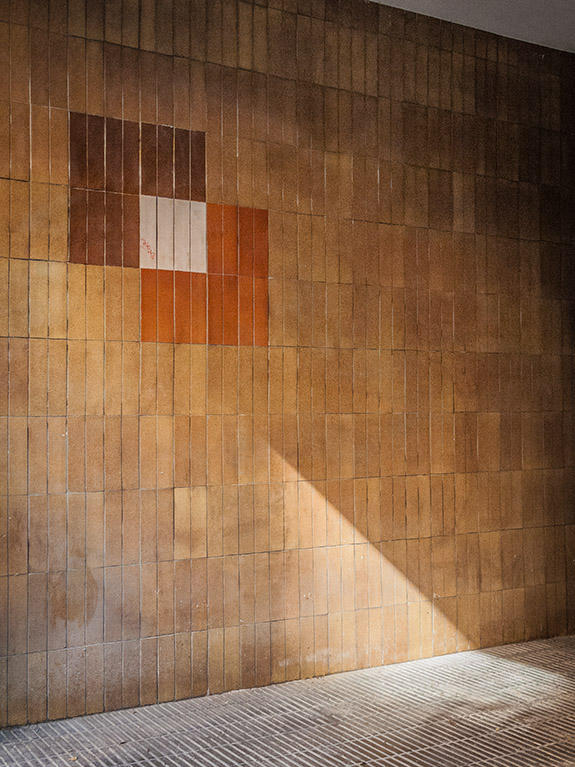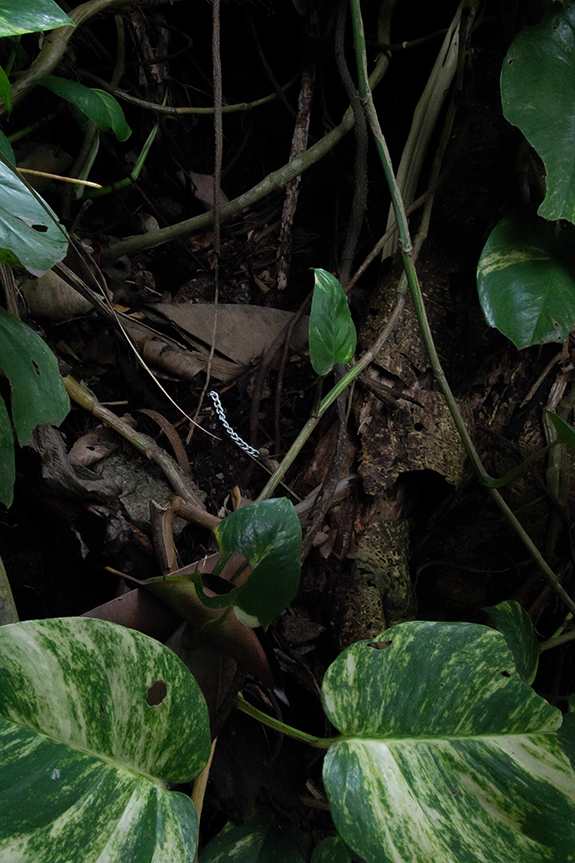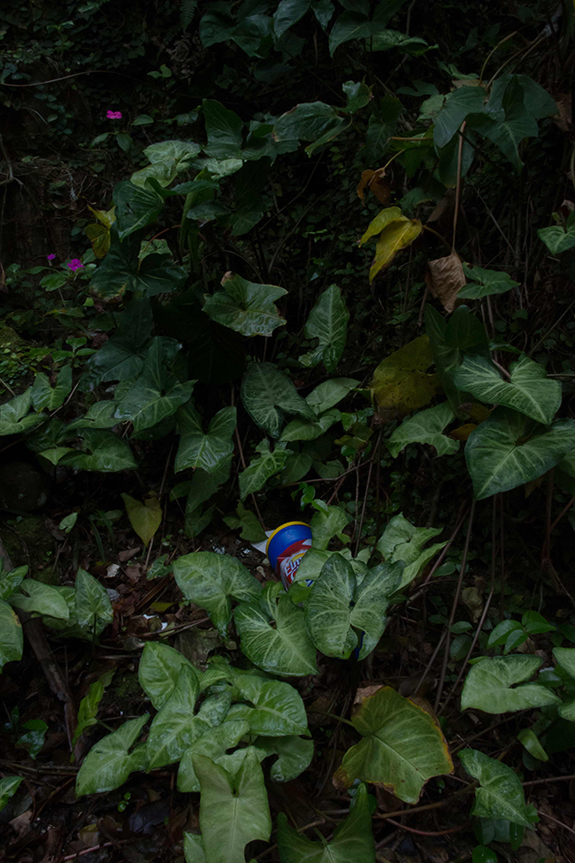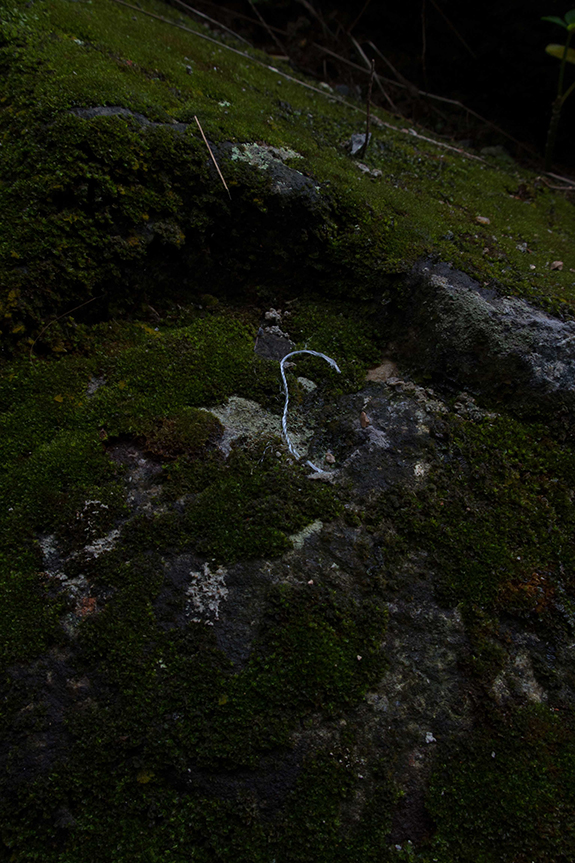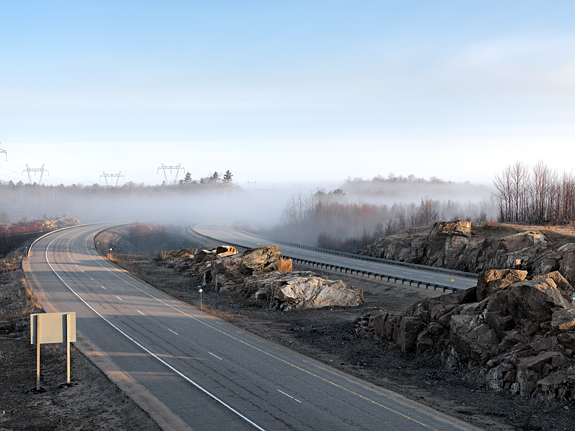
These photographs are part of a series entitled Alone Together, which tells the story of the expansion of Highway 69 in Ontario, Canada.
I have been travelling along Highway 69 for as long as I can remember. As a child, the highway served as a memorable – if otherwise predictable – stretch of road during family trips down to Southern Ontario. Today, I use Highway 69 for much the same reason, but travel in the opposite direction. Since living in Toronto, Ontario, my trips along 69 are now “up north,” and while the road still steers me towards my destination, today, it is far from the predictable stretch of highway experienced in my youth.
For more than a decade, Highway 69 has been undergoing a systematic expansion and widening from a two-lane highway to a full four-lane freeway. Alone Together looks at the natural, economic, social and cultural challenges faced in trying to expand a 75-year old highway along which both communities and nature have long settled. The series imparts views on the physical effects of the expansion on the environment and landscape, the economic effects on small municipalities, villages and First Nation Communities, and the social effects on both the local residents of these places and those that pass through them.
– Jason Brown, Toronto, Canada
